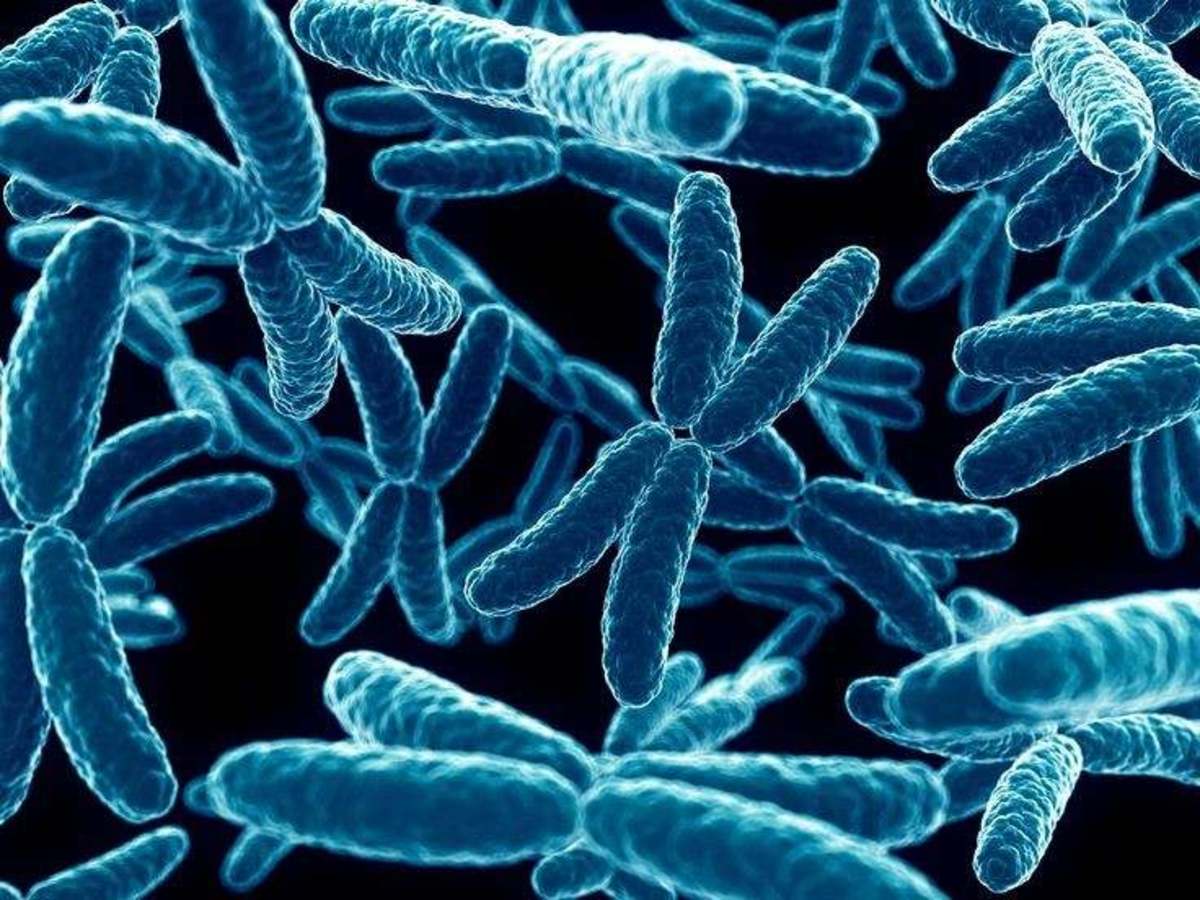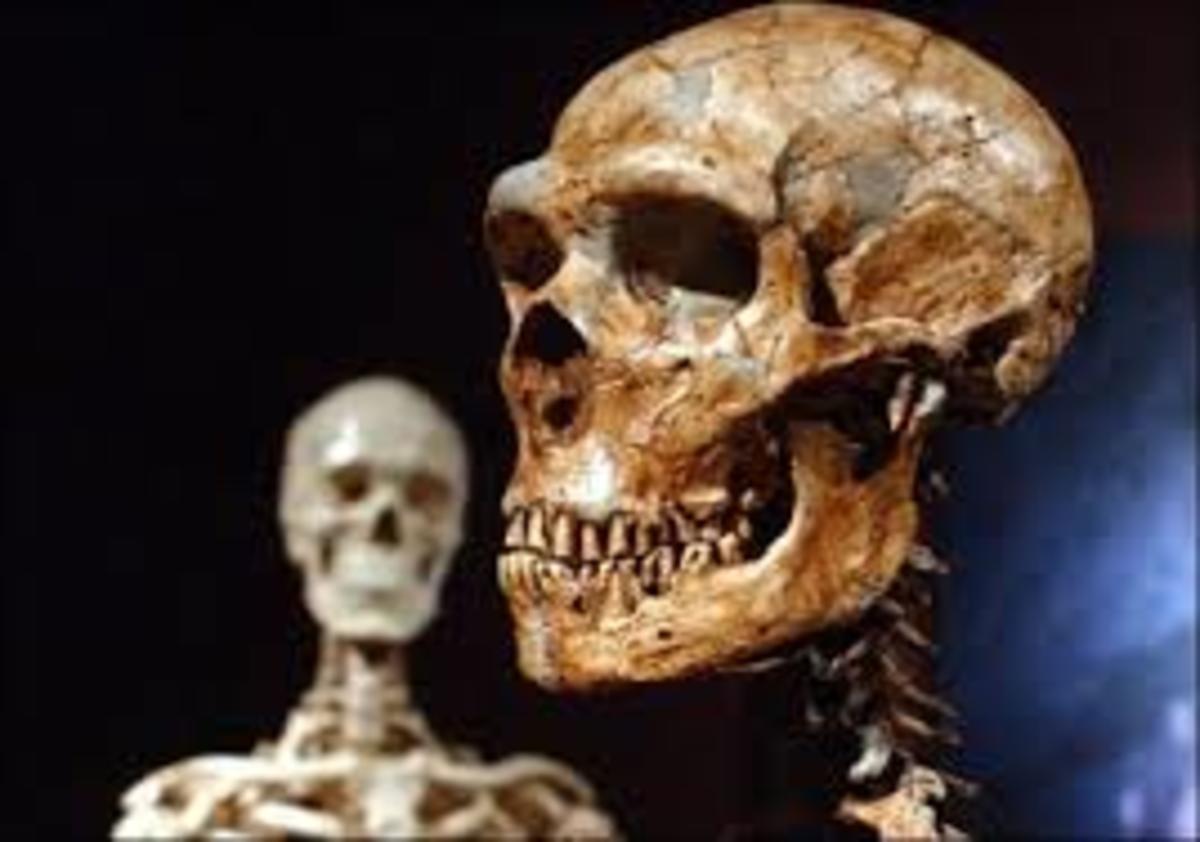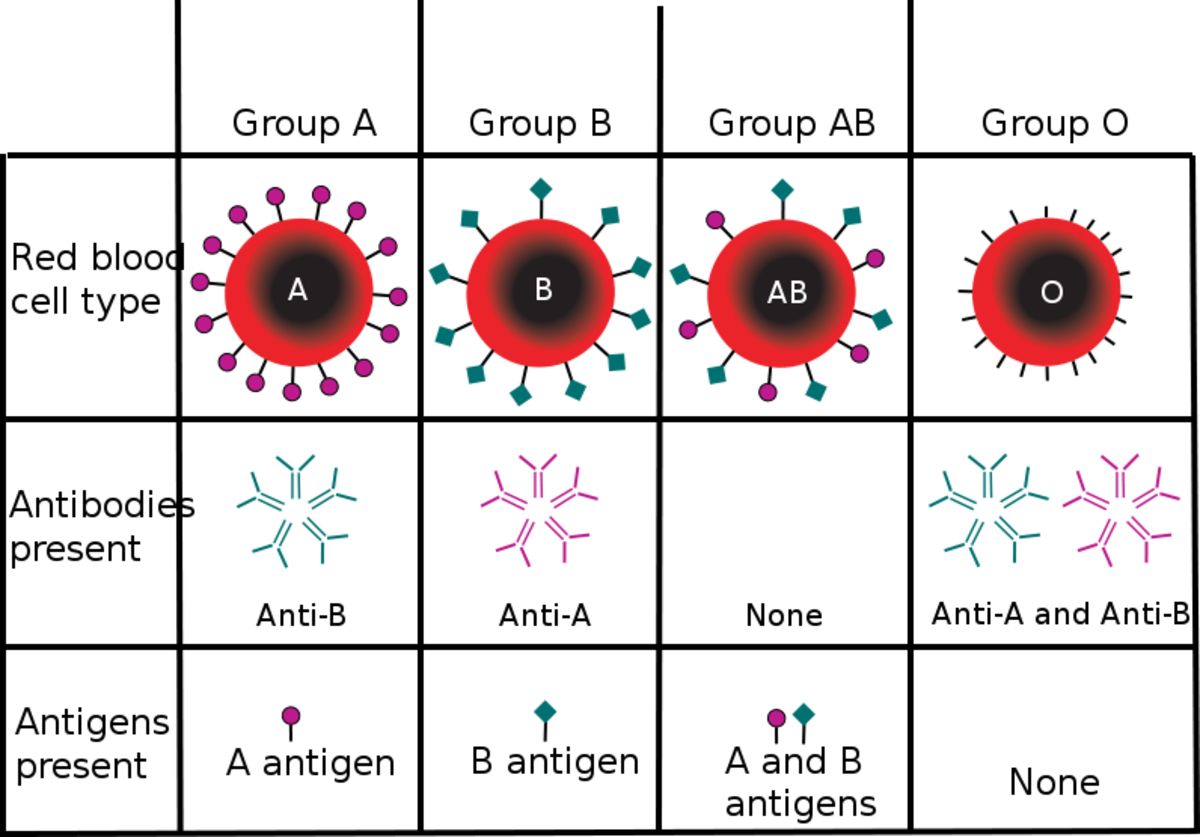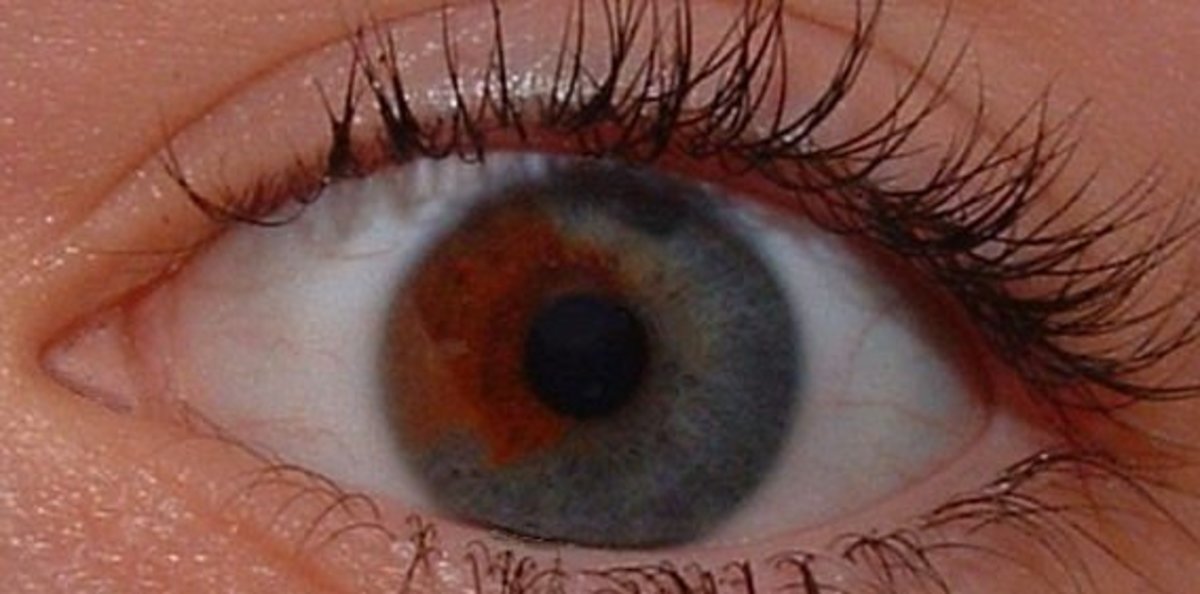What's In Your Genes?
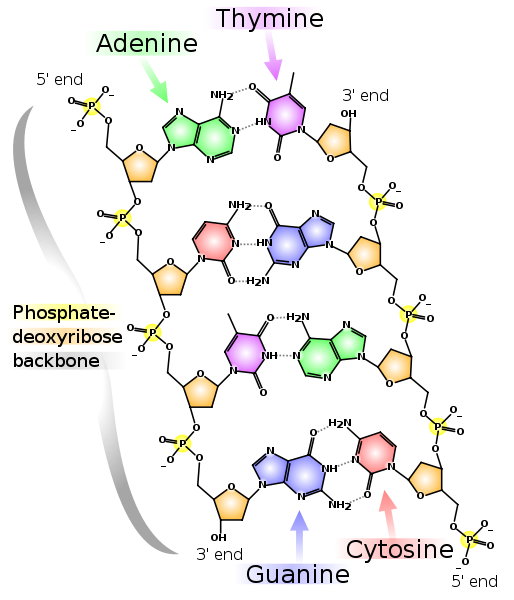
Before the end of the nineteeth century, scientists believed that inheritance was a mixing process where the properties of the egg and sperm were blended. It was thought that the two mixed together as one would mix two paints to make one color.
Gregor Mendel, a monk of the nineteeth century, showed how genes determines inheritance. Genes are units of heredity that keep structural identity from one generation to the next. Genes always come in pairs and are aligned along chromosomes (also coming in pairs) which are strands of genes. The only exception to this rule is the sex chromosome which does not come in pairs.
A gene is a part of a chromosome which is build up of the double-stranded chemical deoxyribonucleic acid or DNA. A strand of DNA serves as a blueprint or model for the synthesis of ribonucleic acid or RNA molecules. RNA is a single strand chemical. One example is the protein molecules. Some proteins develop into parts of the body while others serve as enzymes, biological catalysts that keep chemical reactions in check in the body.
Specific genes can be identified as recessive or dominant. A recessive gene shows its effects in the homozygous condition only while a dominant gene shows a very strong effect in either homozygous or heterozygous condition. For instance, someone with a gene for brown eyes and one for blue eyes will have brown eyes because the brown eye gene is dominant. This individual would be a carrier for the blue eye gene and may have a child with blue eyes.
Someone who has an identical pair of genes on two chromosomes is homozygous for that gene. someone with an unmatched pair of genes is heterozygous for that gene. For instance, a gene for brown eyes might be on one chromosome and a gene for blue eyes on the other.
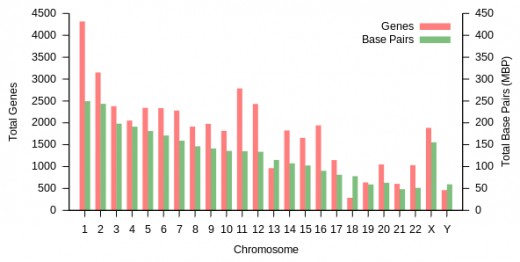
Chromosomes
In specific instances, the inheritance of one gene is linked to the inheritance of another gene. Each chromosome's participation in reproduction is independently of the others.
Each species has a specific number of chromosomes. Humans have 23 pairs of chromosomes, while fruit flies have only 4 pairs. An example would be if an individual has a BbCc genotype, if the B and C genes are on different chromosomes, then its contribution of a B or b gene has absolutely no association with whether it contributes C or c. If they were on the same chromosome such as BCbc, then the individual who contributes a B gene would also probably contribute the C gene.
The exception to this rule comes during reproduction from crossing over. A pair of chromosomes can break apart and connect to another part of one chromosome. For example, if one chromosome has the BC genotype, and theother has bc, crossing over between the B and C leaves a new chromosome with combinations of Bc and bC.
Inheriting Hemophilia
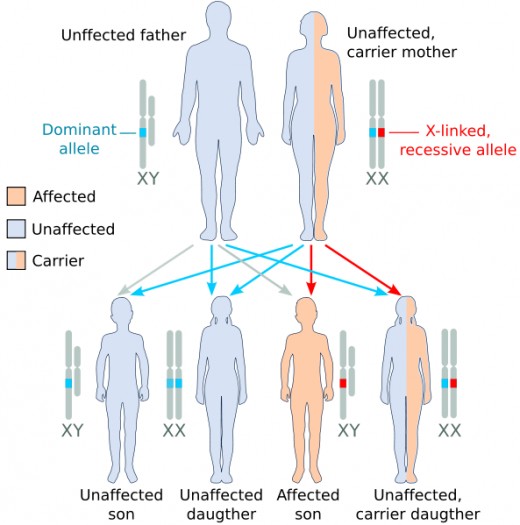
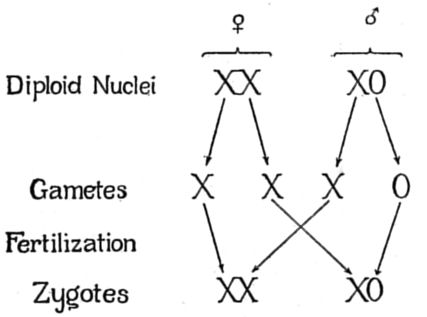
Sex Genes
All except one pair of mammalian chromosomes are known as anutosomal chromosomes. Genes on these sex chromosomes are known as sex-linked genes.
In mammals, the two sex chromsomes are X and Y. A female has two X chromosomes while a male has an x and a Y. This is unlike the B and C gene pairs illistrated above because X and Y are used by all geneticists as a standard symbol for sex chromosomes.
During reproduction, the female contributes an X chromosome, while the male contributes either the X or Y chromosome. If he contributes a Y then the offspring will be male, if he contributes X then the offspring will be female.
The Y chromosome is tiny and carries very few genes besides the one to develop as a male. The X chromosome, in contrast, carries quite a few genes. When geneticists speak of sex-linked genes they are usually referring to the X-linked genes.
Different from sex-linked genes are sex-limited genes. This gene is present in both male and female but has a distinct effect in one sex only. For example, genes determine breast size in women or how hairy a man's body will be. Both sexes will have these genes, but the genes produce their effects only after the sex hormones are activated.
Genes:
Credits:
Reynolds, Baker & Pedersen, 1996
Waller, Kojetin, Bouchard, Lykken, & Tellegen, 1990
Plomin, Corley, DeFries, & Fulker, 1990


